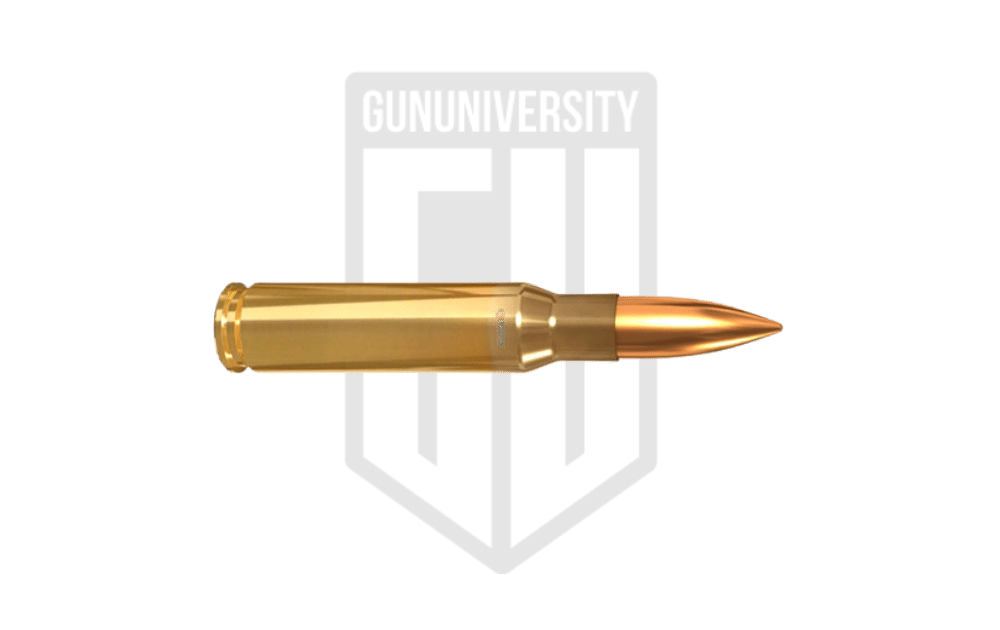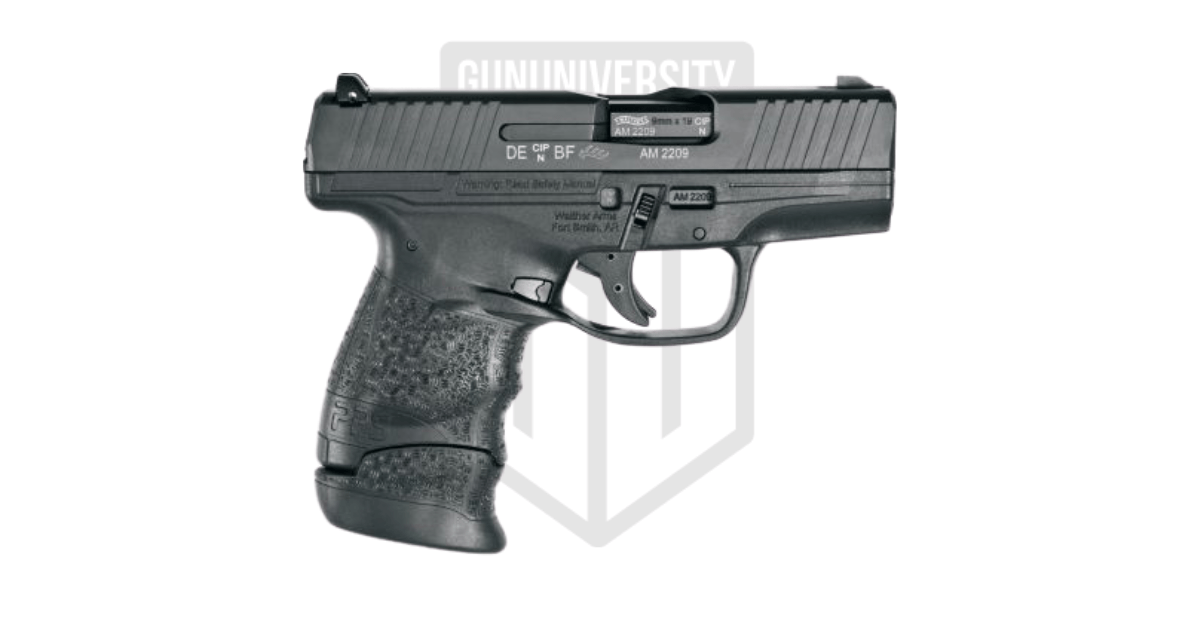308 Winchester vs 7.62×51 NATO: Are They The Same?
When most gun owners consider 308 Winchester vs 7.62x51mm NATO, not much thought goes into it. We’ve become inundated with the idea that the two designations are interchangeable, and in some ways, they are. However, there are differences, and we’re doing to check those out and tell you how that affects your trigger time and ammo choices.
308 Winchester vs 7.62×51 NATO Spec Comparison
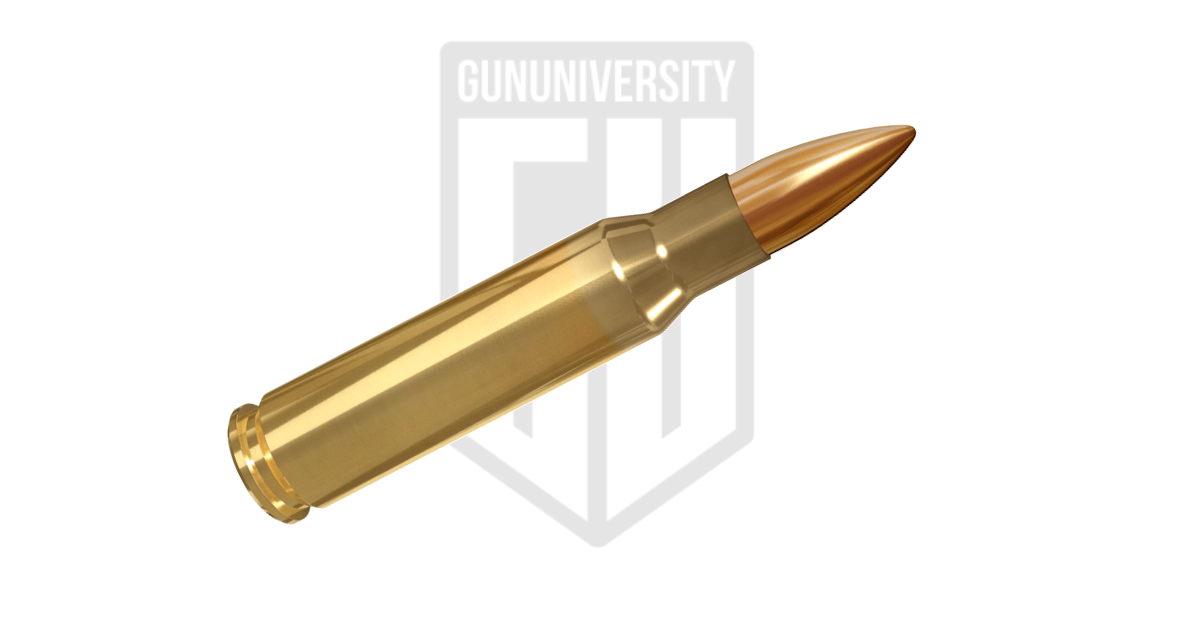
308 Winchester Cartridge
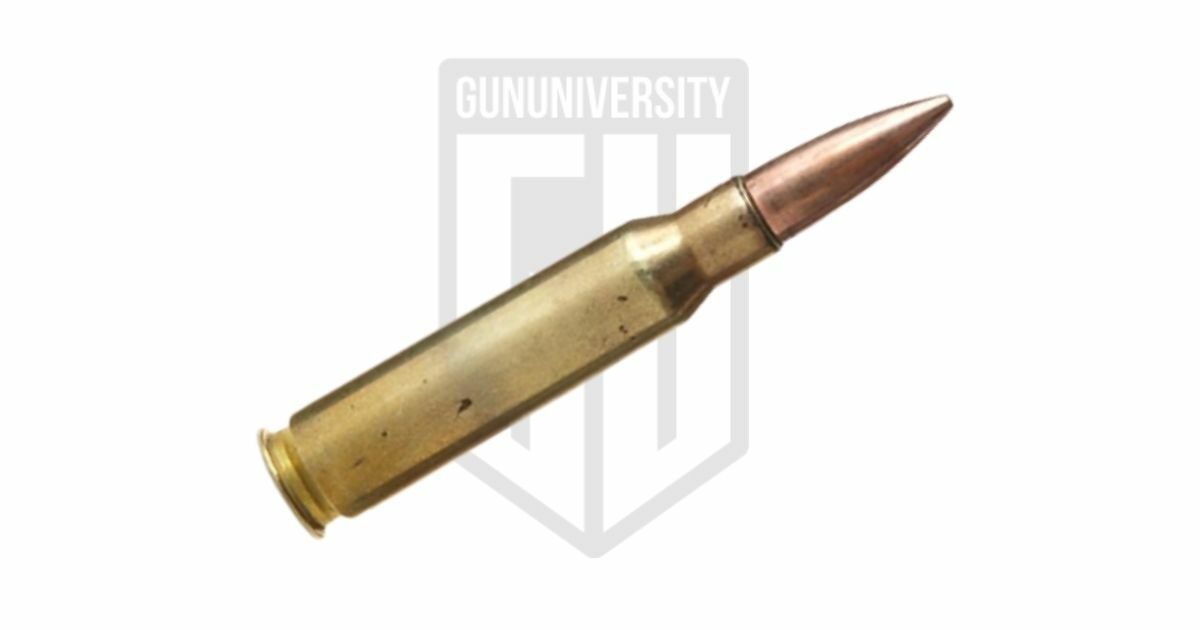
7.62 Nato
Why Compare 308 Winchester vs 7.62×51 NATO?
Considering how common it is for 308 Win and 7.62x51mm NATO to be dismissed offhand as the exact same cartridges, it makes sense to pause and take a closer look. Comparing the two cartridges side by side gives shooters the opportunity to find out what the actual differences are and to decide whether those nuances affect them.
If you have a rifle chambered in 308 Win, you’ve probably already been running 7.62x51mm NATO marked boxes of ammo through it from time to time. Or maybe you have an older rifle with a 7.62x51mm NATO chamber designation, and you’re not sure how to proceed. Regardless, being a well-educated gun owner makes you a safer shooter, and we’re here to give you the details you can use to further your shooting skills through the power of knowledge.
It’s the cartridge vs. cartridge face-off: 308 Win vs. 7.62x51mm NATO.
7.62×51 NATO Review
There are fewer resources and loads available for 7.62x51mm analysis, but they do exist. This information is found heavily on the military side, but there are also commercially available 7.62x51mm NATO loads on the market. Let’s see how they measure up.
7.62×51 NATO History and Purpose
The 7.62x51mm NATO has a rather interesting backstory thanks to the way it was developing by the United States military via the Frankford Arsenal. It was actually in the 1940s when the Frankford Arsenal got to work on their line of T-65 experimental cartridges, and the 7.62x51mm NATO that eventually resulted wouldn’t see duty use until 1954. So, what was the T-65 and how did it evolve into the cartridge that’s the cousin of 308 Win?
There were six cartridges in the T-65 experimental cartridge line. They were somewhat based on the 30-06 Springfield and 300 Savage, the latter of which is typically considered the real parent cartridge of the 308 Win. In its earliest iterations, the T-65 cartridges took a few steps before matching the metrics of the 7.62x51mm NATO. It was the T-65E3 that finally met the 51mm and 20 degree shoulder measurement, and that was the fourth of the six experimental cartridges designed.
Some of the details of the 7.62x51mm NATO development and timeline are murky, but we do know the United States military officially adopted the cartridge for duty use in 1954. The military eventually achieved their goal of creating something new for military use with the T-65E5, which was designated 7.62x51mm NATO. This cartridge is still being used by the military today, although there are frequent talks about replacing it with something else.
Pros and Cons of 7.62×51 vs. 308 Win
- Lower Max Pressure – 7.62x51mm has a lower maximum pressure, which some might see as safer for certain chambers.
- Combat Proven – 7.62x51mm isn’t completely identical to 308 Win, and unlike 308 Win, it’s combat proven.
- Military Surplus – Standardized military loads such as 7.62x51mm NATO are frequently cheaper to buy than their commercial counterparts like 308 Win.
- Lower Max Pressure – 7.62x51mm’s lower pressure might mean less velocity being produced
- Not Interchangeable – 7.62x51mm isn’t technically identical to 308 Win and there are certain cases where the two shouldn’t be used interchangeably
Best Ammo for 7.62×51 NATO
The number of commercial loads for 7.62x51mm is somewhat limited and largely consists of target rounds. Our top picks for specific uses of the 7.62x51mm NATO:
Precision Shooting
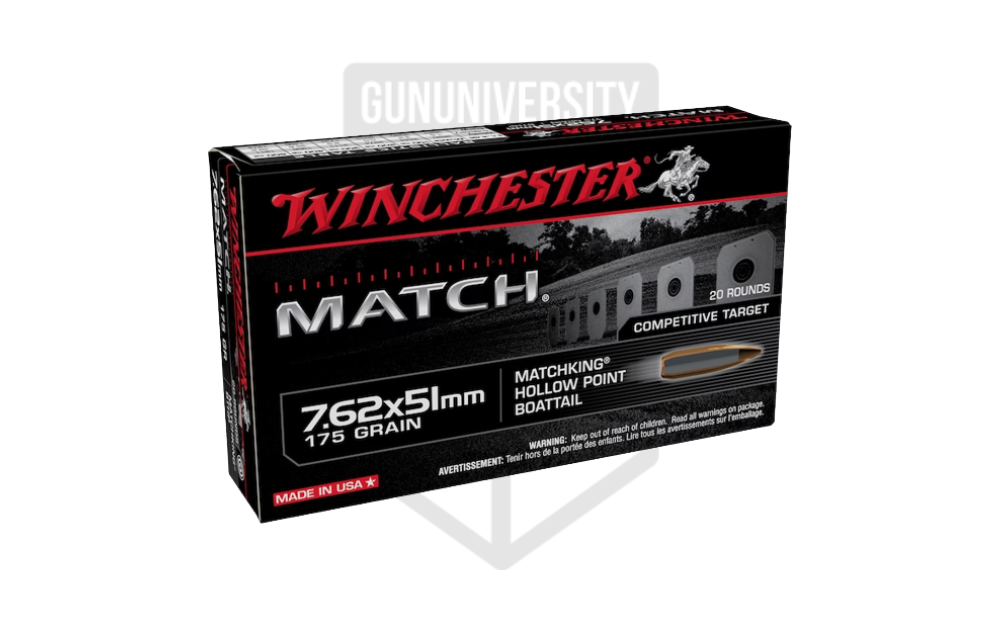
Winchester Match 7.62x51mm NATO 175 Gr HPBT
Marketplace |
Cost Per Round |
| gun.deals | $1.15 |
| Optics Planet | $1.60 |
| Target Sports USA | $1.45 |
Practice

Winchester USA Valor 7.62x51mm NATO 149 Gr M80 FMJ
Marketplace |
Cost Per Round |
| gun.deals | $1.20 |
| Target Sports USA | $1.20 |
| Gritr Sports | $1.49 |
308 Win Review
Yes, 308 Win is similar to the 7.62x51mm NATO. Technically, the two don’t share parent cartridges, and they do have some differences. Read on to learn more about how the two vary.
308 Winchester History and Purpose
The 308 Win beat 7.62x51mm to market by a couple years. Military tests and trials for their T-65 experimental cartridge took some time, and somewhere along the way Winchester set eyes on it. Although it’s not entirely clear how that happened, Winchester ran with it because they felt the cartridge could be a big hit for civilian use. They did tweak it first, so while the 308 Win and 7.62x51mm NATO might appear to be an exact match at first, the reality is they aren’t precisely twins.
Pros and Cons of 308 Win vs 7.62×51 NATO
- Max Pressure – 308 Win’s higher maximum pressure can give it a ballistic edge over 7.62x51mm NATO.
- Options – 308 Win has a much broader selection of loads available than 7.62x51mm NATO does.
- Versatility – 308 Win is technically more versatile, because 308 Win chambers can typically handle 7.62x51mm NATO ammo, but the reverse isn’t always true.
- Price – 308 Win is usually more expensive than 7.62x51mm NATO.
- Chamber – 308 Win’s thinner case walls and shorter headspace can make it unwise to run in a chamber specifically made for 7.62x51mm NATO.
Best Ammo for the 308 Winchester
There are lot of good ammo options for the 308 Win. That is one of it’s many positives. Here are a few ammo deals we found for you.
Practice Ammo
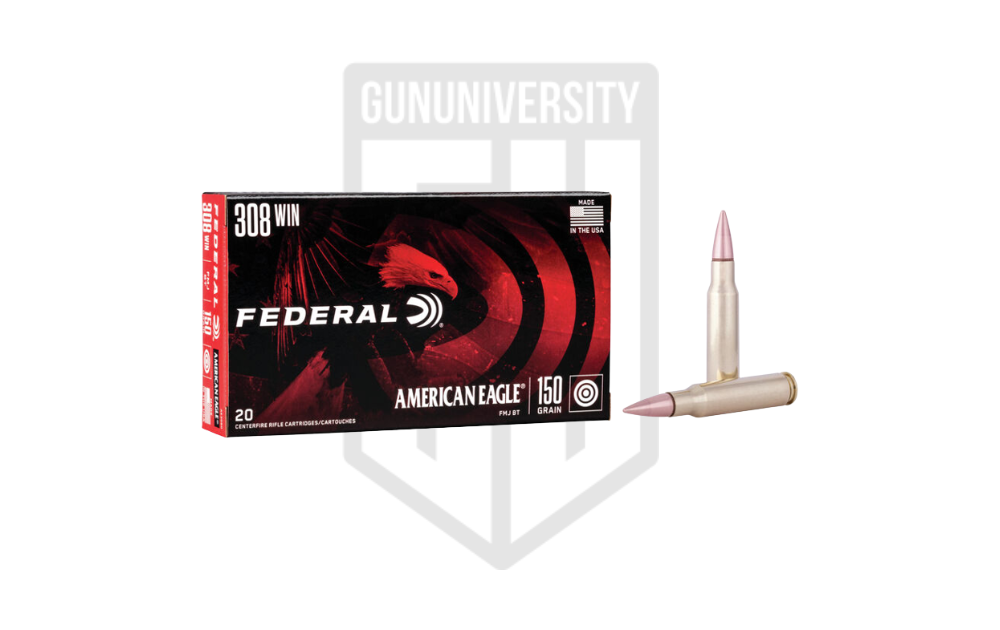
Federal American Eagle 308 Win 150 Gr FMJ
Marketplace |
Cost Per Round |
| Gun.deals | $1.05 |
| Target Sports USA | $1.10 |
| Palmetto State Armory | $1.25 |
| Guns.com | $1.35 |
Defensive Ammo
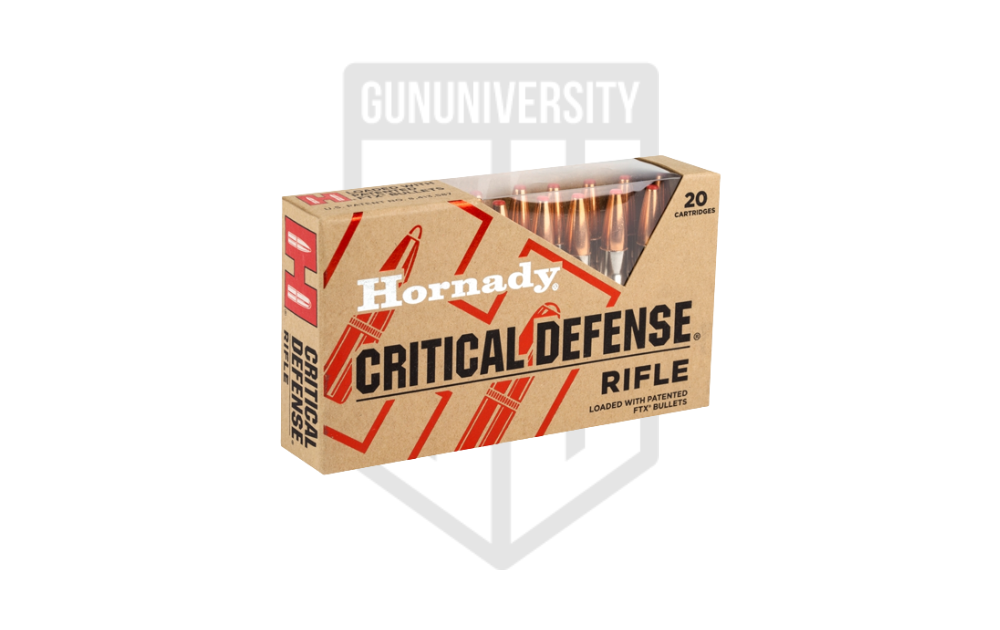
Hornady Critical Defense 308 Win 155 Gr FTX
Marketplace |
Cost Per Round |
| Gun.deals | $1.31 |
| Target Sports USA | $1.60 |
| Guns.com | $1.75 |
| Palmetto State Armory | $1.65 |
Hunting

Federal Premium Power-Shok 308 Win 180 grain JSP
Marketplace |
Cost Per Round |
| Gun.deals | $0.97 |
| Palmetto State Armory | $1.30 |
| Brownells | $1.50 |
Differences Between 308 Win and 7.62 NATO
Differences
Let’s get down to the brass tacks and talk about why these two are the gun world’s version of a bad relationship. They look perfect for each other, but get them in the same room, and things can go sideways.
The core of it is this: the .308 Winchester is a civilian round, and the 7.62x51mm NATO is a military one. It’s like the difference between a high-performance sports car and an armored troop transport. They both get you where you need to go, but one is a little more concerned with going fast and the other is a little more concerned with not blowing up.
Here’s the breakdown:
- Pressure: The .308 Win has a higher max pressure, plain and simple. It’s built for hunters and sport shooters who want every last bit of velocity they can squeeze out of a cartridge. The 7.62x51mm NATO is built to a spec that’s lower and more consistent. It’s designed to be shot out of everything from a beat-up M14 to a belt-fed machine gun on the back of a Humvee. It’s the “just works” cartridge of the two.
- Case Thickness & Capacity: You’re right on the money here. The 7.62 NATO brass is thicker and tougher, built to handle the abuse of a military life. Because of that, there’s less space inside for powder. If you’re a reloader, this is the most important thing to know. You can’t just drop your .308 recipe into 7.62 NATO brass.
- Headspace: This is the most dangerous part of the whole shebang. The 7.62 NATO chamber is a hair longer than the .308 Win chamber. This is a good thing for the military—it ensures a round will chamber no matter what. The problem arises when you fire a high-pressure .308 round in that longer chamber, the brass stretches. This can lead to a case rupture, which creates a complicated, annoying, and disruptive malfunction.
The golden rule remains: you can generally fire 7.62x51mm NATO in a .308 Winchester rifle, but never fire .308 Winchester in a rifle marked as 7.62x51mm NATO. It’s a tale of two cartridges that look like they should get along, but one of them is just a little too wild for the other..
Ballistics Comparison: 308 Win vs. 7.62×51 NATO
Although 308 Win and 7.62x51mm NATO seem like the same thing on the surface, there are a few differences. But do those nuances translate to changes from a ballistic perspective? Unfortunately, information about 7.62x51mm NATO ballistics tends to be somewhat limited and generalized, but we’ve pulled together what we can.
To compare cartridges beyond 100 yards, we’re going to take a look at a few different loads. First, let’s consider Winchester Match 7.62x51mm NATO 175 grain HPBT with a ballistic coefficient of 0.496 against Federal Premium Power-Shok 308 Win 180 grain JSP with a ballistic coefficient of 0.382.
| Distance (yards) | Winchester Match 7.62x51mm NATO 175 grain HPBT. Velocity (fps) | Federal Premium Power-Shok 308 Win 180 grain JSP (fps) | Winchester Match 7.62x51mm NATO 175 grain HPBT. Energy (ft-lbs) | Federal Premium Power-Shok 308 Win 180 grain JSP (ft-lbs) |
|---|---|---|---|---|
| 0 | 2600 | 2570 | 2627 | 2640 |
| 100 | 2511 | 2345 | 2284 | 2197 |
| 200 | 2424 | 2131 | 1977 | 1816 |
| 300 | 2094 | 1929 | 1704 | 1486 |
| 400 | 1938 | 1740 | 1460 | 1209 |
| 500 | 1791 | 1565 | 1246 | 979 |
Interestingly, the 7.62x51mm NATO load in the chart above manages to produce more velocity and energy than the 308 Win. Although the two loads have close bullet weights, their ballistic coefficients differ, and so do the loads in general. This is a great lesson in the fact that two rounds with the same or similar bullet weights can still produce differing results on target. That’s why it’s so important to zero your rifle and practice with the specific ammunition you intend to use.
If we change over to target loads and compare Winchester USA Valor 7.62x51mm NATO 149 grain M80 FMJ with a ballistic coefficient of 0.456 and Federal American Eagle 308 Win 150 grain FMJ with a ballistic coefficient of 0.408? Does it stay the same, or are the results a little closer?
| Distance (yards) | Winchester USA Valor 7.62x51mm NATO 149 grain M80 FMJ Velocity (fps) | Federal American Eagle 308 Win 150 grain FMJ Velocity (fps) | Winchester USA Valor 7.62x51mm NATO 149 grain M80 FMJ Energy (ft-lbs) | Federal American Eagle 308 Win 150 grain FMJ Energy (ft-lbs) |
|---|---|---|---|---|
| 0 | 2790 | 2820 | 2575 | 2648 |
| 100 | 2591 | 2597 | 2221 | 2246 |
| 200 | 2401 | 2385 | 1907 | 1894 |
| 300 | 2219 | 2183 | 1629 | 1586 |
| 400 | 2045 | 1990 | 1383 | 1319 |
| 500 | 1878 | 1808 | 1167 | 1089 |
From the standpoint of comparing velocity and energy, these two loads seem to be a lot more closely matched. To delve a bit deeper, let’s consider the trajectory of the two loads.
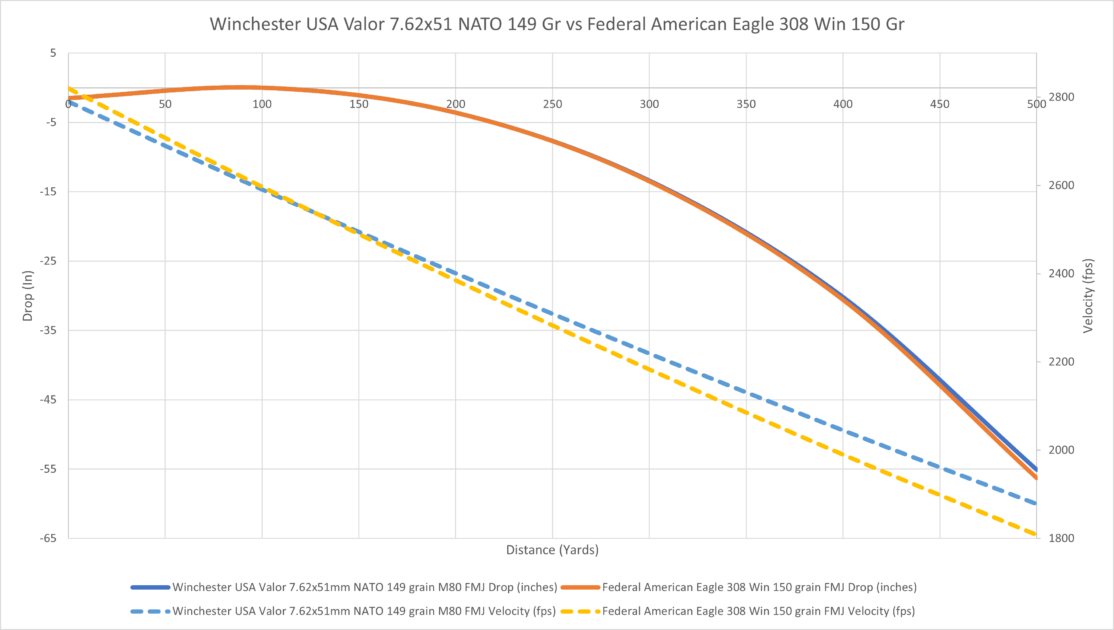
| Distance (yards) | Winchester USA Valor 7.62x51mm NATO 149 grain M80 FMJ Drop (inches) | Federal American Eagle 308 Win 150 grain FMJ Drop (inches) | Winchester USA Valor 7.62x51mm NATO 149 grain M80 FMJ Wind Drift (inches) | Federal American Eagle 308 Win 150 grain FMJ Wind Drift (inches) |
|---|---|---|---|---|
| 0 | -1.5 | -1.5 | 0 | 0 |
| 100 | 0 | 0 | 0.8 | 0.8 |
| 200 | -3.6 | -3.6 | 2.9 | 3.3 |
| 300 | -13.4 | -13.5 | 6.9 | 7.8 |
| 400 | -30.2 | -30.6 | 12.8 | 14.4 |
| 500 | -55.1 | -56.3 | 20.6 | 23.3 |
At first, the trajectory of the 7.62x51mm NATO and 308 Win loads seems identical. Then, as the bullets travel a bit further, the 308 Win experiences just a little more drop and drift. The changes aren’t significant, but they are noteworthy simply because they exist.

7.62x51mm NATO and 308 Win do tend to deliver similar ballistics with the exact details depending on the load. Based on these charts, it would seem 7.62x51mm NATO is just a little better than the 308 Win. But how does that translate on target?
When it comes to the proof on paper, 308 Win is usually more precise than 7.62x51mm NATO. This is likely because the 308 Win loads vary quite a bit more and there are greater options available. With the more limited pool of 7.62x51mm NATO ammo out there, it comes as no surprise it’s more of a struggle to find top-tier loads. That doesn’t mean 7.62x51mm NATO can’t match or outdo some 308 Win loads, only that it’s not generally reality.
Our Take 308 Win and 7.62×51 NATO
Let’s assume you’re running a gun with a 308 Win chamber. In that case, 308 Win ammo is going to offer everything from more options to greater precision. If you find some 7.62x51mm NATO rounds at an affordable price and you’d like to save some cash on plinking, it’s generally fine to run them through your 308 Win chamber. But when you really want to fine tune things or participate in a more focused sport, you’re going to need 308 Win.
If the rifle in question has a 7.62x51mm NATO chamber, which is less common but far from impossible, it’s usually smart to stick to that ammo. The minor differences between 7.62x51mm NATO and 308 Win we addressed above may not seem huge, but in an original 7.62x51mm NATO chamber, that 308 Win can rupture. Or, on a less problematic scale, it just might not feed reliably. To make matters more confusing, there is no absolute rule on this matter, only the fact that not all 7.62x51mm NATO chambers do well with 308 Win.
Thanks to the availability of hunting loads for 308 Win, there are practically endless options. On the 7.62x51mm NATO side, there’s not much out there. Most of that ammo is for target shooting, with the occasional match load making an appearance (Winchester seems to have most of these). And while you might be comfortable using match loads for defensive purposes in your 7.62x51mm NATO, if your gun is actually a 308 Win chamber, just use that ammo. Your options are far greater.
We did not discuss barrel length in this article, but here is a good article on rifleshooter.com discussing how barrel length impacts the 308 Win/7.62 NATO.
Recent Posts
December 20, 2025
December 15, 2025
December 15, 2025
December 12, 2025

